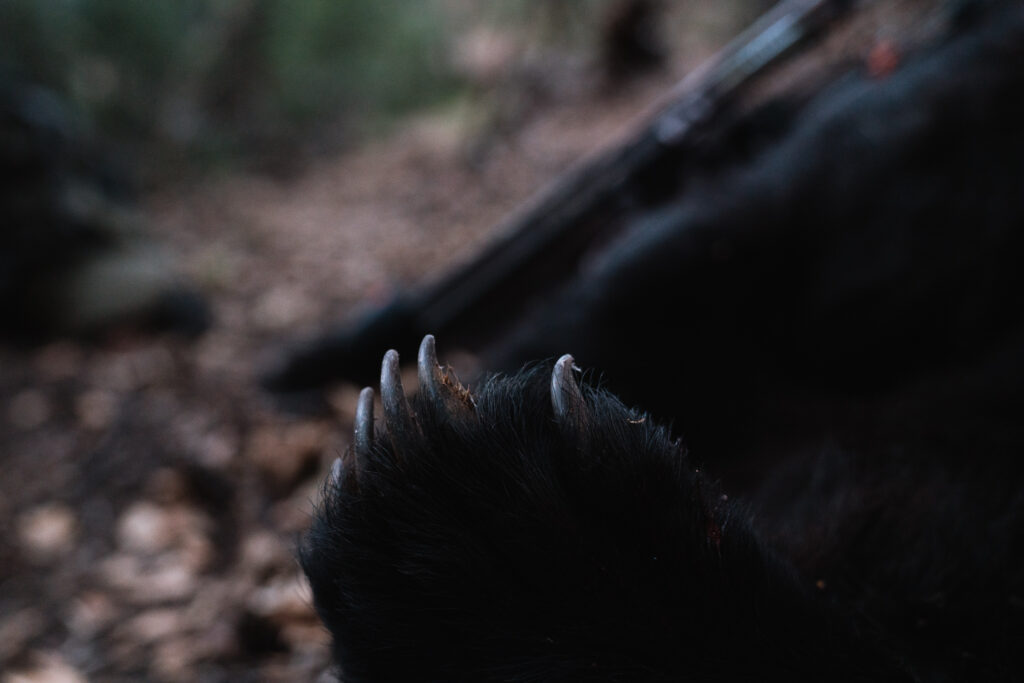
Rangefinders have changed the game in hunting. They take our accuracy and lethality in the field to a new level and have really become a standard for most hunters. Earlier this year Vortex Optics released a new line of rangefinders to their already fantastic lineup. They are the Crossfire HD 1400, Diamondback HD 2000, and Viper HD 3000. I was fortunate enough to get my hands on the new Vortex Diamondback HD 2000 Rangefinder and have been putting it through the ringer this year.

The Vortex Diamondback HD 2000 Rangefinder takes the Diamondback line to a new level. It’ll range reflective targets out to 2000 yards, trees and such out to 1800 yards, and game animals out to 1400 yards. It’s got reach. And with 7x magnification you’ll have a wide field of view for easy target acquisition while not giving up the ability for a quick scan ahead. The HD Optical System paired with the Red OLED Display is going to give optimal image clarity even in low light. Each rangefinder comes with a soft carry case, wrist lanyard, lens cloth, and CR2 battery to name a few. Diamondback rangefinders are fully waterproof and ready for whatever weather comes your way.
There are a few key features/modes Vortex put in this rangefinder that I feel are essential for hunters.

The first mode I want to touch on is “scan mode.” I can see this coming in handy especially if you’re the spotter for a buddy down on a gun. Scan mode will literally feed ranges back to you as you move the reticle along. So, if you’re spotting for your hunting partner and have a deer walking along a hillside, using scan mode will let you consistently call out updates ranges to the shooter. This is all done by simply holding down the measure button.
Spot and stalk bowhunting especially comes to mind for this next feature. And more particularly when you’ve made the sneak on a critter and there is grass or something that your rangefinder might catch and give an inaccurate range. With Last Target mode you don’t have to worry about that. It’ll range the last thing in the laser’s path. Meaning it will travel through the grass to the deer, and report the range you need most.

The probability of having to shoot uphill or downhill is rather high when hunting. Whether you’re in a treestand or on top of a mountain, angled shots are very common. The tricky part is hitting what you’re aiming at. Many folks have fallen victim to missing right over the back of an animal here. It’s usually due to them aiming for the Line of Sight distance, which is farther than the distance you need to aim for. What you really need is the Horizontal Distance. Figuring this out involves a bit of math. HCD(horizontal component distance) mode does the math for you and feeds back the cut range you need to aim for.
The Diamondback HD 2000 is for sure a killer rangefinder, but it doesn’t come without its downfalls. There are two things that stick out the most to me.
This is probably more personal preference than anything and definitely on the nerdy side. However, I’d love it if when in HCD mode the display read out both the Line of Sight range and the degree of angle along with the cut distance. Knowing that stuff I feel makes me a better bowhunter. To have a ballpark idea of how much to cut off ranges based off of the degree, should you find yourself not able to take a range, could prove beneficial. Not a deal breaker obviously, but something I feel would be a cool addition in the future.
The Diamondback line has always been a more economically friendly line of optics that still kicked out some impressive quality. With that being said this new Diamondback HD 2000 MSRP’s for $449.99. I believe in stores it goes for about $300. While that’s far more affordable than the Razor HD 4000, or other high end rangefinders, it doesn’t change the fact that it’s still a big pill to swallow. I will add here that you are getting a whole lot of bang for your buck, not to mention Vortex’s famed VIP warranty.

My overall experience with the Diamondback HD 2000 has been largely positive. I’ve had it out on a few spring bear hunts this year and it’s worked great for me. Even took an archery bear using it. My arrow was spot on at about a 45 degree angle too, so the HCD mode was spot on as well.
One of the first things I noticed was how easy it was to press the button. This tamed down the shake through the optic when ranging. It also didn’t give me any hiccups while out in the field. Which is impressive considering the fact that I was hit with more weather than I’ve ever been hit with this past spring. Between a ton of moisture and a wide range of temperatures, it always performed and did it QUICK. This rangefinder reads back ranges almost immediately, whether you’re ranging 20 yards or 2000 yards. On that note, I know Vortex says this rangefinder only ranges rocks/trees out to 1800 yards, but I’m here to tell you I ranged a rock at 1926 yards over and over again while bear hunting.

Looking back on when I was a kid, technology like that of what’s in the Diamondback HD 2000 is absolutely mind blowing. It’s one thing to give accurate ranges, it’s another thing entirely when you add the practical features in that Vortex does. For anyone in the market for a solid rangefinder that doesn’t require using a month’s rent, check out the Vortex Diamondback HD 2000.
As an Amazon Associate, I earn from qualifying purchases.


Copyright 2019 Dialed In Hunter
Design by NXNW.